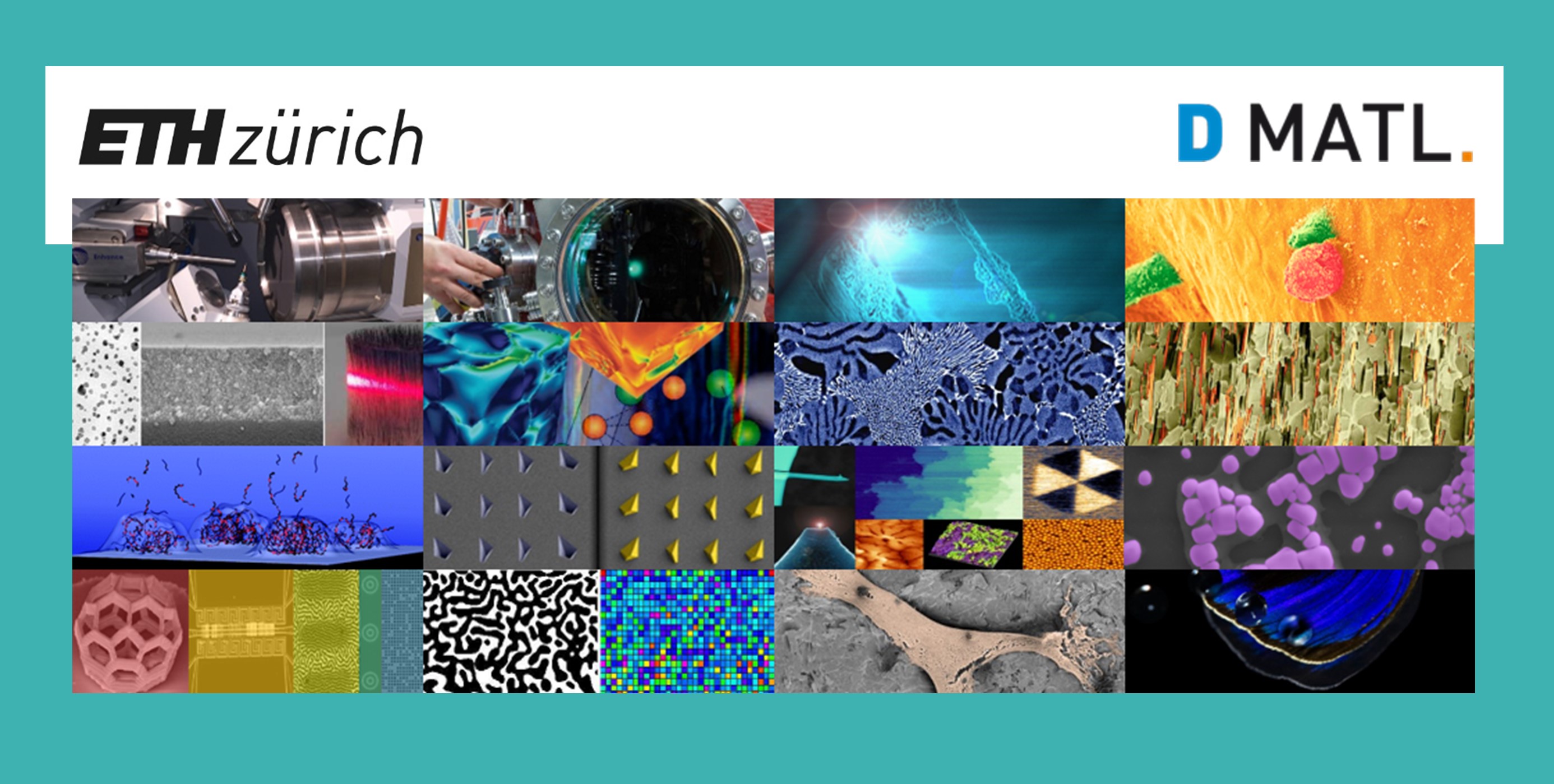Prof. Dr. David J. Norris
Colloidal nanoplatelets are atomically flat, quasi-two-dimensional sheets of semiconductor that can exhibit efficient, spectrally pure fluorescence. Despite intense interest in their properties, the growth mechanism behind their highly anisotropic shape and precise atomic-scale thickness remains unclear, and even counter-intuitive for commonly studied nanoplatelets. Here we will explain how simple growth kinetics can lead to such materials. Knowledge of this previously unknown mechanism for controlling shape at the nanoscale can then lead to broader libraries of quasi-two-dimensional solids.
